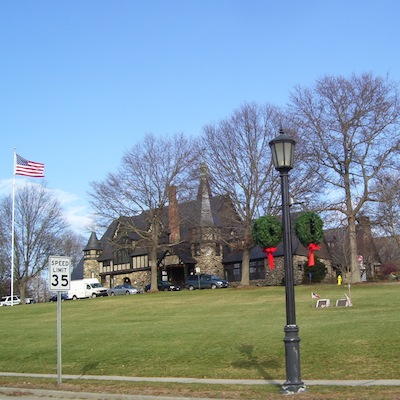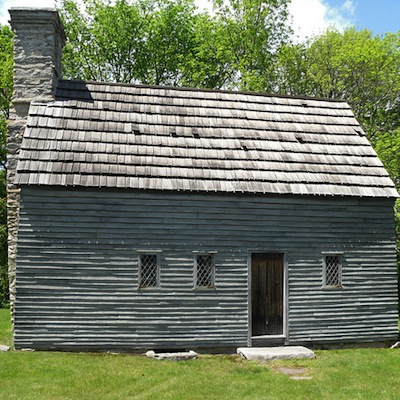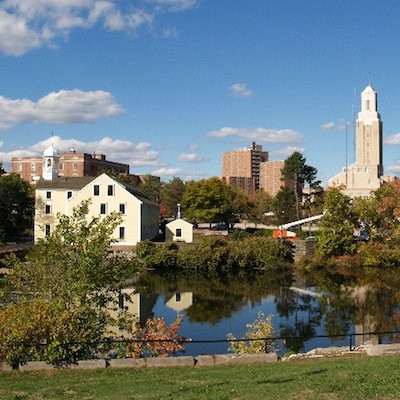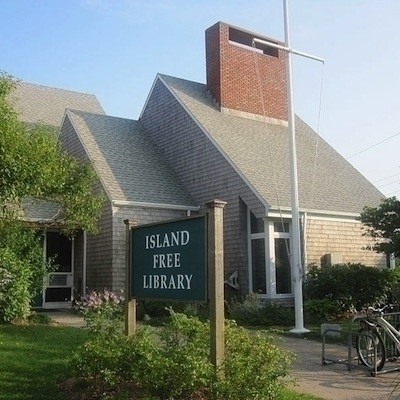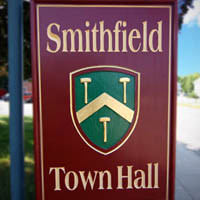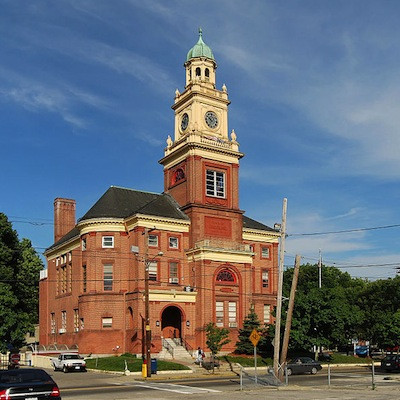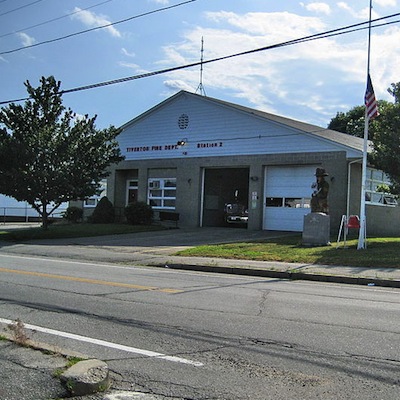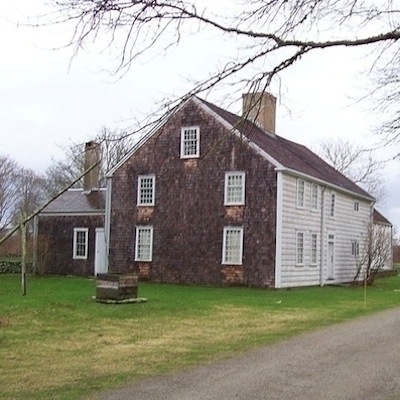Steiny: Common Core Redefines “College-ready” Math in a Good Way
Wednesday, February 05, 2014
We're going to discuss Common Core today, so take a chill pill. I'm not saying CC (CCSS) presents nothing to be upset about, but getting upset just clouds clear thinking.
CC is not perfect, but it's not Evil Incarnate either. Let's get to know it. Finding the good parts will remind us that we don't really want to return to zero accountability, or 50 different definitions of proficient such as we got from No Child Left Behind, or continued stagnation in achievement. Most importantly, if not Common Core, then what?
Conveniently, CC's lead writers wrote two one-pagers that describe "The Shifts" in thinking that are at the standards' philosophical heart. If you look at no other CC materials, read these. Even educators find digesting the standards a daunting task. But before joining one of the protests out there, be grounded in some original documents. Many CC controversies are bogus hysteria -- alleging the standards require limits on bathroom time -- but some are very real.
GET THE LATEST BREAKING NEWS HERE -- SIGN UP FOR GOLOCAL FREE DAILY EBLASTOne real one is CC's definition of "college ready" in mathematics. Opponents argue fiercely that CC "dumbs down" math expectations by not requiring students to meet the standards for Algebra I until 9th grade. This is a serious worry since Algebra II is the gatekeeper to all but the least-selective colleges. Historically, when urban schools started pushing Alg I into 8th grade, larger numbers of low-income, minority students had more time to became "college ready." CC cuts the timeline close. Struggling math students often need to repeat math classes to reach the "college-ready" benchmark by senior year. Not an insignificant concern. Let's consider it:
The "Shifts" in thinking for math are organized under "Focus," Coherence," and "Rigor."
Focus: The Standards call for a greater focus in mathematics. Rather than racing to cover topics in a mile-wide, inch-deep curriculum, the Standards require us to significantly narrow and deepen the way time and energy is spent in the math classroom. We focus deeply on the major work of each grade so that students can gain strong foundations: solid conceptual understanding, a high degree of procedural skill and fluency, and the ability to apply the math they know to solve problems inside and outside the classroom.
Admit it: that's not so nuts.
So let's make three points:
1. The standards only identify when particular skills will be assessed.
Despite opponents claiming otherwise, standards are NOT a curriculum. CC offers "exemplar" curricular suggestions -- some truly bad -- but by all means, ignore them. Teach whatever and however you like, as long as students are prepared to demonstrate their proficiency in Alg I by spring of 9th grade.
But no standard prevents schools from offering Algebra sooner or providing advanced math to any and all students. Talented kids should progress through the math skill-building sequence that ends with Calculus as fast as their clever heads let them. Shame on schools that don't push all their kids to their highest potential. CC doesn't hold anyone back.
2. The CCSS are only a bottom line, a minimum guarantee.
What does "college-ready math" mean? "Ready" for which college? Community college? The Ivies? There's a huge range. A recently publishedNCEE research report, "What does it really mean to be college and work ready?" found that at any given time, 45% of all American college students are attending community colleges. (News to me.) The great majority of these students bomb basic skills tests, especially in math, and end up paying for remedial classes that do not get them closer to an actual degree or certificate. The report ardently rejects requiring Algebra II of all students. Their research shows that Associates-degree programs and community-college placement tests both require solid 8th-grade skills with only a smidge of Algebra I and Geometry.
Instead, high schools race through a bazillion topics to get through Algebra II without ensuring that every kid has at least a solid set of practical math skills. Who suffers are the largely low-income students at the bottom of the educational food chain. CC's timing offers a stronger guarantee that all students have, at a minimum, those 8th-grade-plus skills that let them be successful in post-secondary pursuits.
3. Colleges themselves need to reconsider the Algebra II requirement.
I am totally gung-ho for the training that Algebra II offers the mind. Totally. But not at the expense of setting up community-college kids for failure -- never mind losing students who give up on high school altogether or any hope of post-secondary training. NCEE reports that only about 5% of jobs require the skills in Algebra II and above. Is it then an impractical "high expectation" that is actually keeping kids down?
Admittedly, the lack of Algebra II would likely keep students out of highly-selective colleges. But frankly, the community-college kids weren't going to Dartmouth, Vassar, or Reed anyway. By all means intrigue, cajole and push the low-income, statistically-least-likely-to-succeed kids so some of them get Algebra II and into selective colleges.
But are we "dumbing down" our expectations of all kids? Or are we recalibrating "college ready" to mean something that will prepare far more students for entry-level college and work? Again, nothing is stopping schools from challenging the daylights out of the students who can handle it.
Julia Steiny is a freelance columnist whose work also regularly appears at EducationNews.org . She is the founding director of the Youth Restoration Project, a restorative-practices initiative, currently building demonstration projects in Rhode Island. She consults for schools and government initiatives, including regular work for The Providence Plan for whom she analyzes data. For more detail, see juliasteiny.com or contact her at [email protected] or c/o GoLocalProv, 44 Weybosset Street, Providence, RI 02903.
Related Slideshow: RI Home Schooled Students
Related Articles
- Julia Steiny: Computer Science is Critical Thinking on Steroids
- Julia Steiny: It Takes Guts to Depict a Happy, Healthy Childhood
- Julia Steiny: The Season’s Message- Love Heals
- Julia Steiny: Digital Badges Bust Out of School-Defined Learning
- Julia Steiny: It’s Building Kids’ Vocabulary, Stupid.
- Julia Steiny: Toys “R” Us Uses Kids to Pimp Their Products
- Julia Steiny: Economy To Youth: Make Your Own Jobs
- Julia Steiny: Middle-school Puberty–The Elephant in the Classroom
- Julia Steiny: We Are Raising A Generation Of Slackers
- Julia Steiny: 2014 – When All Students Were Supposed To Be Equal
- Julia Steiny: Giving Thanks for What’s Left of Childhood Magic
- Julia Steiny: Public Admits Being ‘Clueless’ About Education
- Julia Steiny: What Is International Restorative Justice Week?
- Julia Steiny: A Smart Way To Engage Math-Haters
- Julia Steiny: High-Stakes Testing Works If Kids Go To School
- Julia Steiny: Recruiting Family Before Foster Care
- Julia Steiny: Bring Back The ‘C’ Grade
- Julia Steiny: If Only Congress Could Get A Divorce
- Julia Steiny: Stranded in the Land of Over-Stimulated Kids
- Julia Steiny: Bringing Kids In Trouble Back From The Brink
- Julia Steiny: If the CCSS Are Not Our Common Vision, What Is?
- Julia Steiny: Teach Real Algebra Instead of Wasting Time with Apps
- Julia Steiny: Common Core Standards Freak Out Chicken Littles
- Julia Steiny: In US Schools, Incorrect Answers Are ‘Un-American’
- Julia Steiny: The Education Non-System Sets Kids Up for Failure





